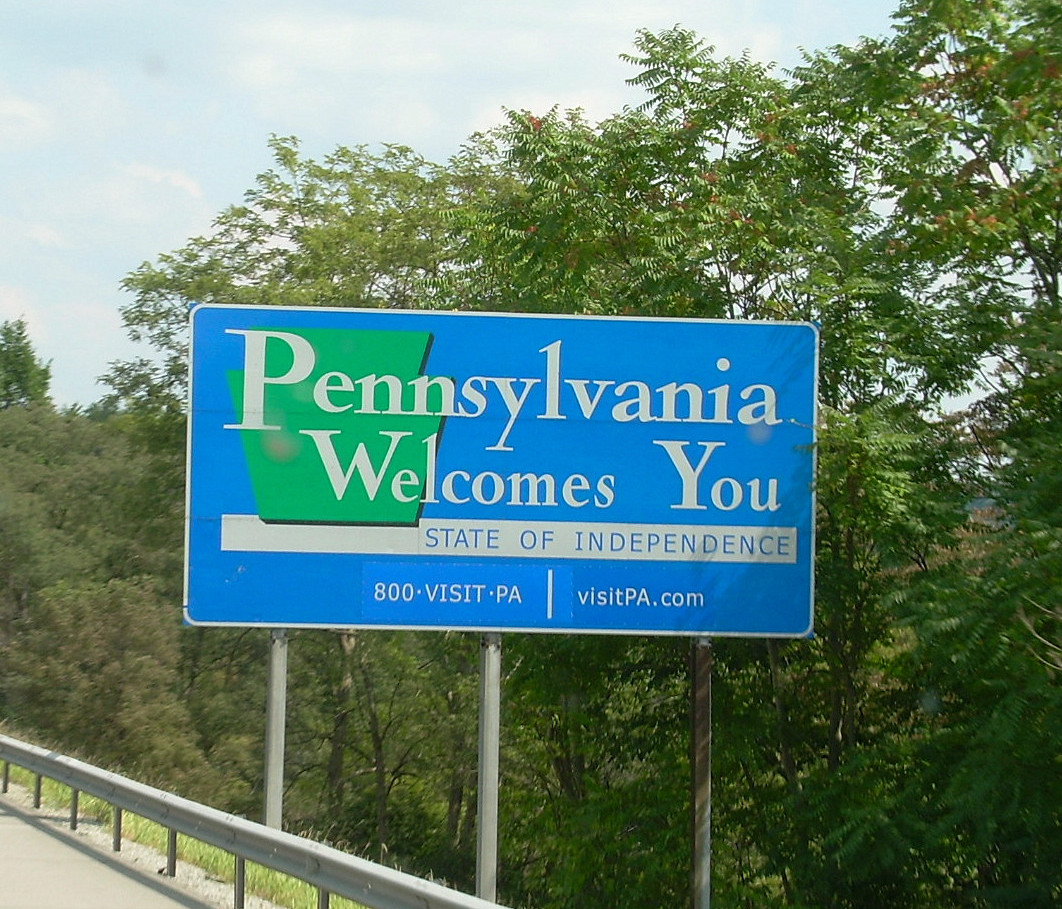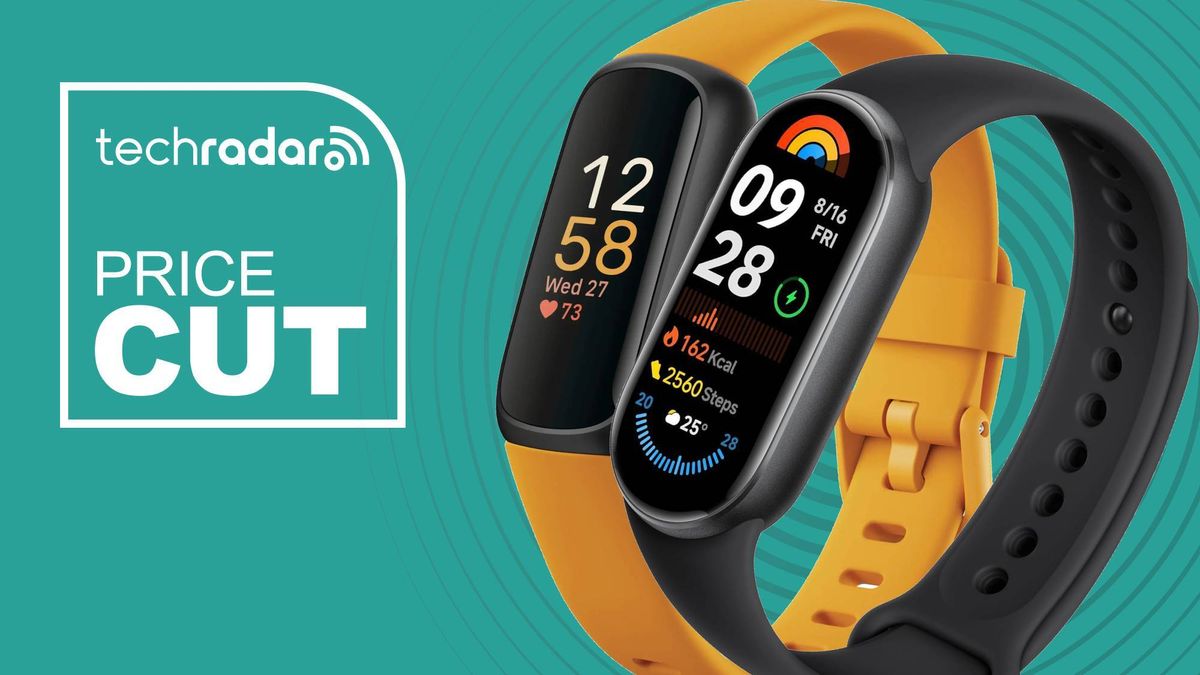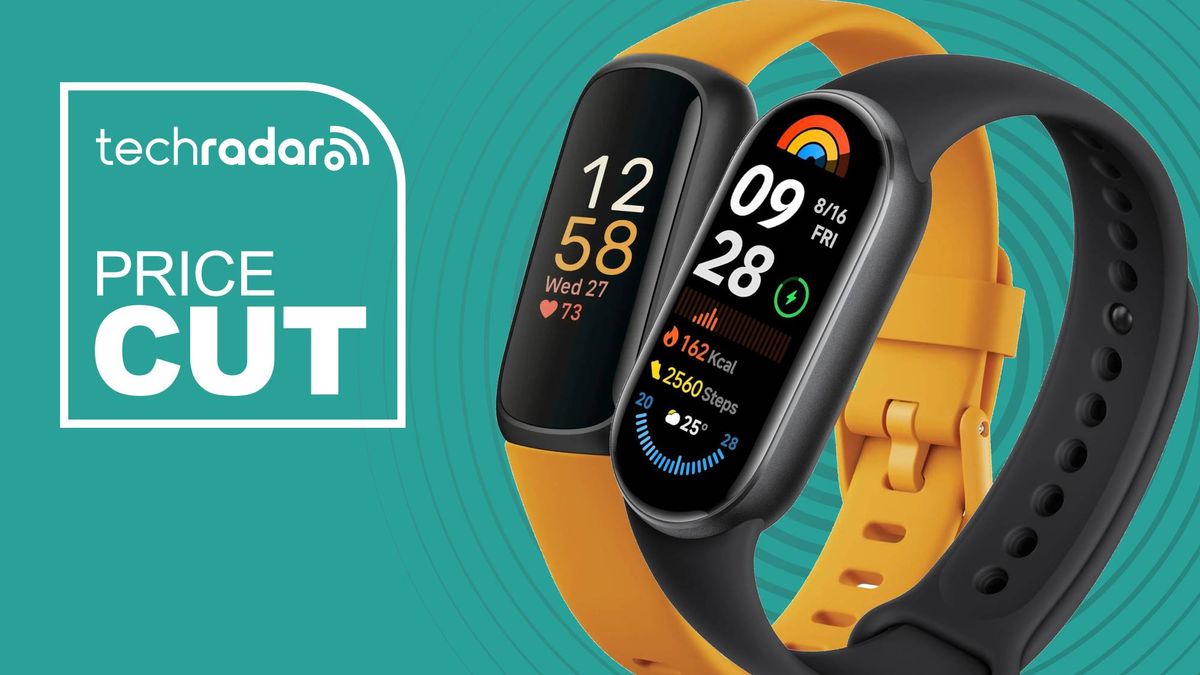Bussiness
There are 2 kinds of cities right now. It explains why you hate your downtown.
Many American downtowns are still struggling to bounce back from pandemic-induced remote work, which has emptied office buildings and hit local businesses hard.
In the scramble to get people back downtown, many are turning to tourism. Sometimes, that means prioritizing visitors over locals. But ignoring quality of life for those who call a place home can backfire.
There are two kinds of downtowns — those that cater to their residents and those that cater to tourists, said Jon Jon Wesolowski, an urbanist with a popular TikTok account.
Tourist-focused downtowns are mostly centered around large event venues, like stadiums and convention centers, attractions like museums and monuments, and lots of hotels. This characterizes downtowns from Washington, DC, to Chattanooga, Tennessee. Resident-centered urban cores have lots of housing, public amenities like schools and parks, and local restaurants, shops, and other businesses.
The nation’s capital offers a stark example of a downtown designed largely to serve office workers and tourists. Half-empty federal office buildings, boarded-up storefronts, and national museums that sit empty after 6 p.m. make downtown an unwelcoming place for residents. To the city’s credit, it’s working to change that by adding thousands of homes downtown, in part by converting vacant office buildings into apartments.
“Most American downtowns just don’t have regular people that live there — they’re either priced out because of real estate, or there just isn’t much there to attract the type of people that are willing to pay that much for the real estate,” says Wesolowski, who recently announced a run for city council in his hometown of Chattanooga, Tennessee.
Ironically, it’s the downtowns designed for locals that tourists love the most, he argues. Visitors are more attracted to “lively” downtowns that are busy 18 hours a day because people live, work, and play there, rather than “program-based” urban cores that revolve around big events — like sports games and concerts — and are otherwise dead.
Tourist-filled cities like Paris and Chicago are attractive because “they feel like real places,” Wesolowski says. While visitors might snap a photo in front of the Eiffel Tower or the Bean, they visit downtown because of the diverse array of things to do and see that locals created and patronize. Think of Paris’ many sidewalk cafes or the music venues in Chicago’s Wicker Park.
“These places aren’t trying to please tourists,” said Wesolowski. “They’re trying to serve their citizens. And their citizens are so well served that we long for those places.”
The unsexy way to get people downtown
Before cities focus on bringing in visitors, they need to serve their residents, Wesolowski argued. That involves the notably less sexy work of making sure there’s sufficient housing and mass transit downtown.
If downtowns are walkable and bikeable, people can live more densely, and pedestrians are likelier to spend money at local businesses. The more pedestrians, the healthier the urban core, Wesolowski said. “If you think of the downtown as an ecosystem, think of pedestrians as the indicator species,” he added.
When lots of people live, walk, and bike downtown, they turn it into a lively 24-hour neighborhood with various amenities, including restaurants, shops, and entertainment. These amenities, paired with the city’s investments in public spaces, parks, and transit, naturally attract tourists but also survive when tourism dips, like it did during the pandemic.
Jumping Rocks/Getty Images
The best kind of tourist attractions
There’s no one-size-fits-all strategy for boosting tourism in American cities. There’s no universal balance between visitors, residents, and workers and no single strategy to maximize economic development and social good, said Tracy Hadden Loh, a fellow at the Brookings Institution who studies downtowns and urban real estate.
But amenities with many uses and offerings satisfying a diverse array of people tend to work best. The nonprofit Project for Public Spaces describes this phenomenon as the Power of 10+ — which holds that places thrive when people have 10 or more reasons to be there.
On the flip side, amenities like convention centers and big stadiums, which tend to be car-centric and infrequently used, aren’t the best uses of space. “The more multi-purpose your facilities could be, the better off you are,” Karen Chapple, director of the School of Cities at the University of Toronto, told Business Insider.
Among the most attractive amenities are waterfront parks and public markets. Waterfronts are “unparalleled in their ability to be all things to all people,” Loh said. Parks along urban rivers, lakes, canals, and ocean beaches can attract new residents, visitors, and commercial development while serving as a buffer for flooding.
And markets are “a really special kind of infrastructure that can serve both people who go downtown every day and people who are there for the first time from really far away,” she said.
“You can program them in bite-sized pieces — a public market isn’t just one vendor,” Loh said. “And similarly, a waterfront isn’t just one activity. It’s actually dozens or hundreds of activities that can all take place at the same time in the same setting.”
Chapple pointed to San Diego’s downtown as a strong example of a diversified place with an attractive waterfront. “It has a really quite an extraordinary balance of tourist facilities, local universities, medical complexes, residents living downtown, a baseball team downtown, a waterfront — it sort of does everything right,” she said. The balmy weather year-round is also a huge perk — there’s no time of year when San Diego’s outdoor spaces aren’t usable.










